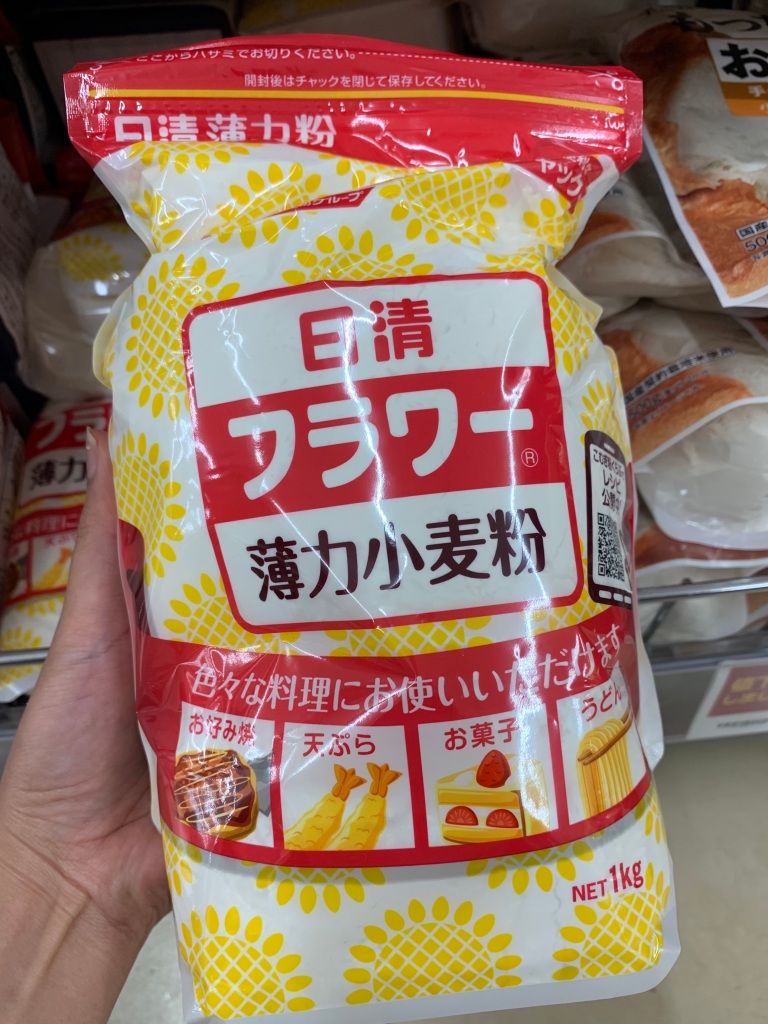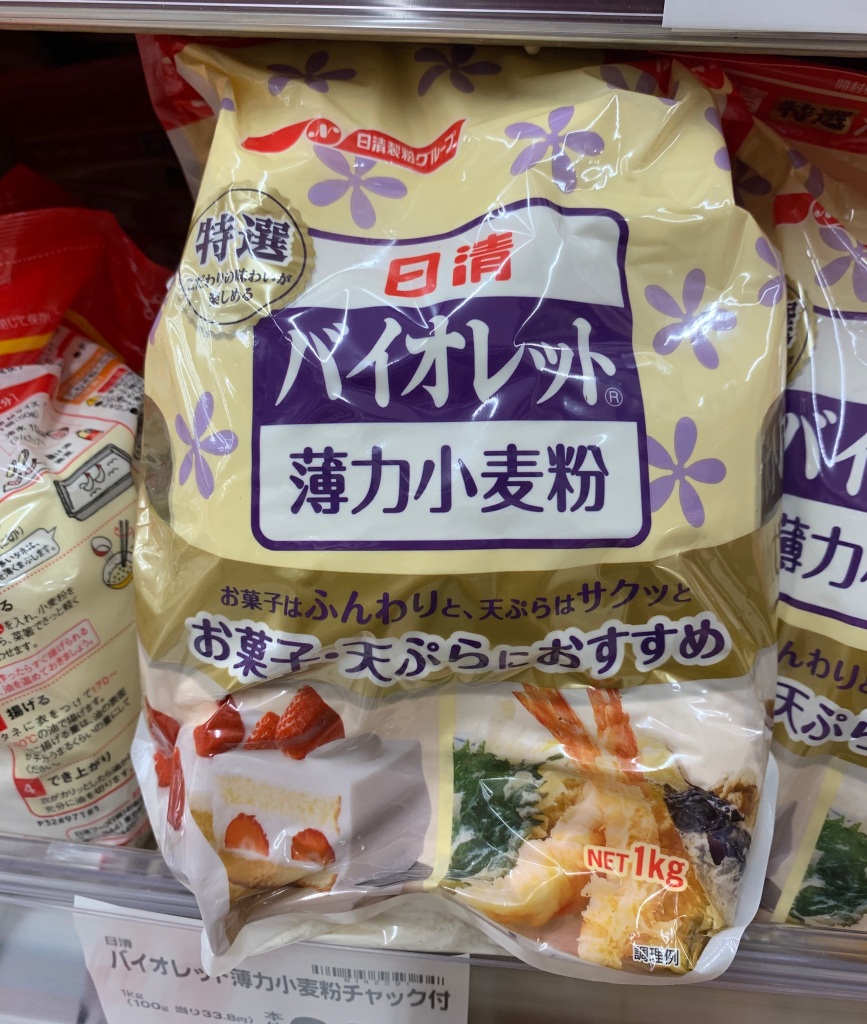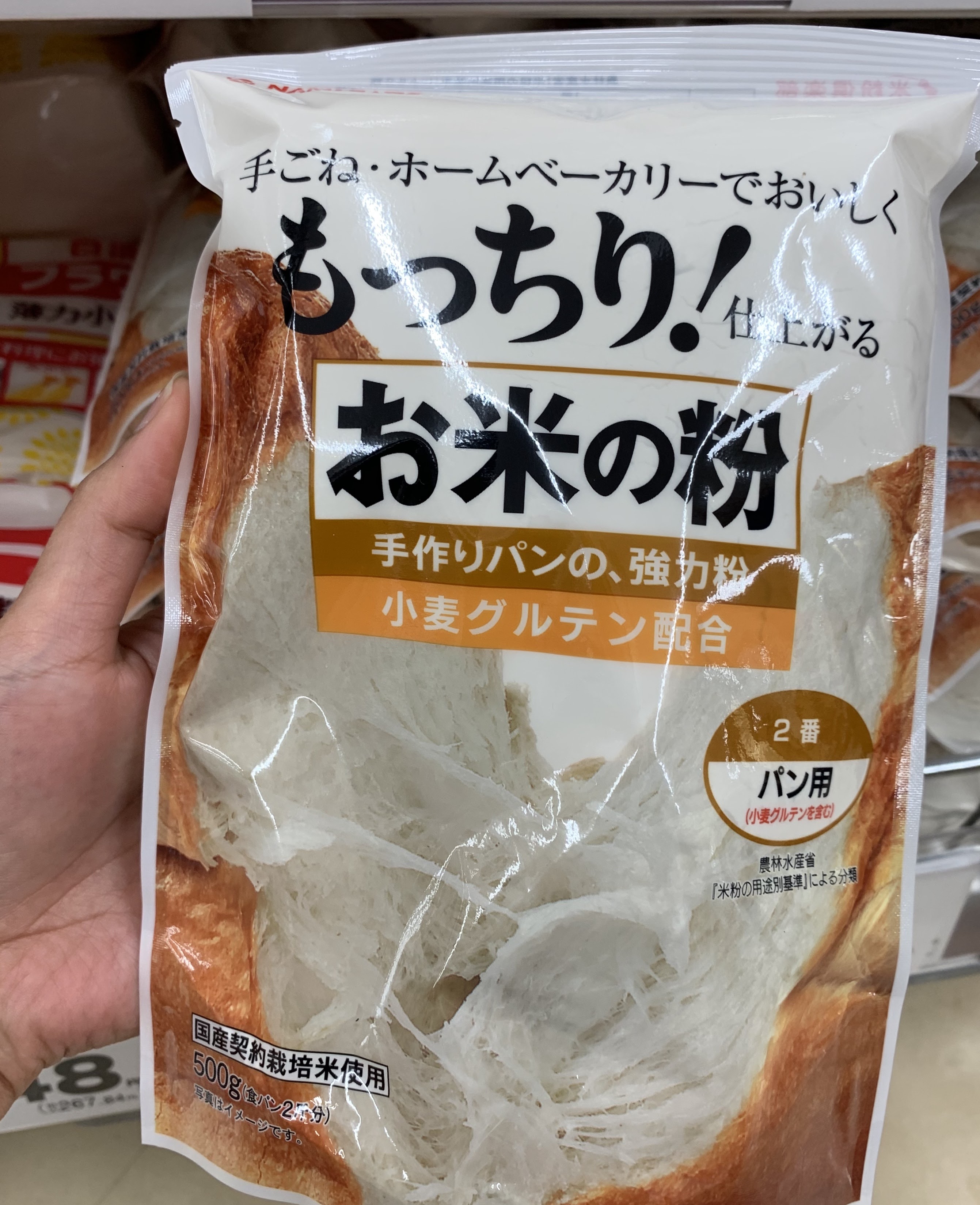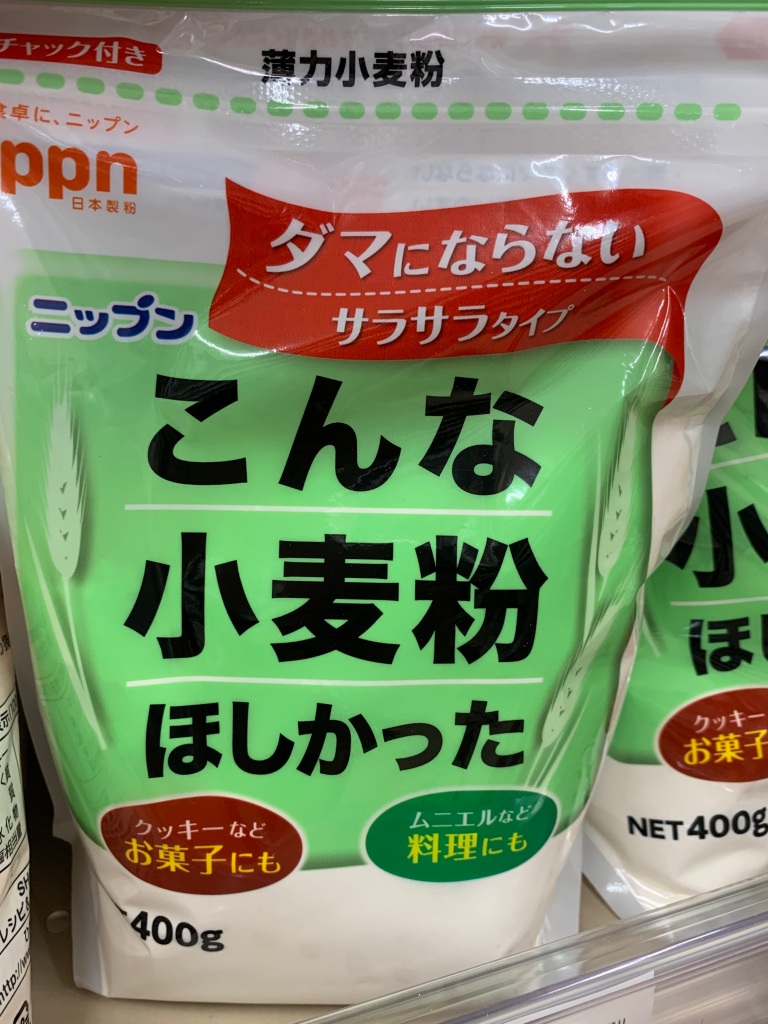I’ve started to really like baking lately. I never thought I could enjoy something so much. To be honest, I’m usually pretty lazy. But with baking, I change. I become the opposite. When I’m in the kitchen, I’m not the person who used to burn eggs and hotdogs. I’ve learned that if you really want to, you can learn new things. And that’s a fact. Now, let’s talk about the different kinds of flour you can buy in Japan.
On my initial attempt to purchase flour at a Japanese supermarket, I nearly selected an inappropriate type. Although the packaging visuals appear remarkably similar, each variety of flour is designed for a specific culinary purpose. It’s also worth noting that both prices and quality can significantly differ across various stores.
If you’re just starting out with baking, here’s a simple guide to making buying flour in Japan easier for you:
All-purpose flour
This is a versatile type of flour with a plain or mild taste and a soft texture. It’s suitable for a wide range of uses. Depending on the recipe, it can be used to prepare okonomiyaki (a savory Japanese pancake), fried dishes, certain desserts, or even noodles.

Cake flour
Characterized by an extremely fine texture, this type of flour is ideal for baking delicate items. It’s perfect for creating cakes, cupcakes, scones, biscuits, and muffins.

Bread flour
Crafted from hard wheat, this flour boasts a robust structure that’s perfectly suited for bread baking. Its strong gluten content gives bread its characteristic chewy texture.

Wheat flour (elastic flour)
Similar to all-purpose flour, yet smoother and more pliable. This variety of flour is particularly effective in certain baking applications. It’s excellent for creating cookies and meunière dishes due to its ability to spread easily.

These are just a few examples of the commonly used types of flour in Japan. In reality, the list is much longer and it can sometimes get a little confusing, especially considering the wide range of brands. If you’re not yet proficient in reading Japanese, a good tip is to try to remember the characters on the packaging. Alternatively, you can take screenshots of these images to help you compare them with the brands available at your nearest supermarket.
Stay updated! Not a WordPress user? Subscribe via email.


Glad you are baking. Good food makes for a great day 😋
LikeLike
Absolutely!
LikeLike
very informative post! check out my post too. https://popinutrients.wordpress.com/2020/06/16/amaranth-flour/
LikeLike
Thank you!
LikeLiked by 1 person
Hello! Nice post. I am not keen on baking but I am interested in Japanese Poetry and lately I am trying to decipher Japanese words to write the best Haiku Poetry.
There you are! We have one thing in common , our attempt to read Japanese. I wish you well and good luck in baking.
Nice of you to drop in and to read my post.
LikeLike
Thank you! I wish you the same.
LikeLiked by 1 person